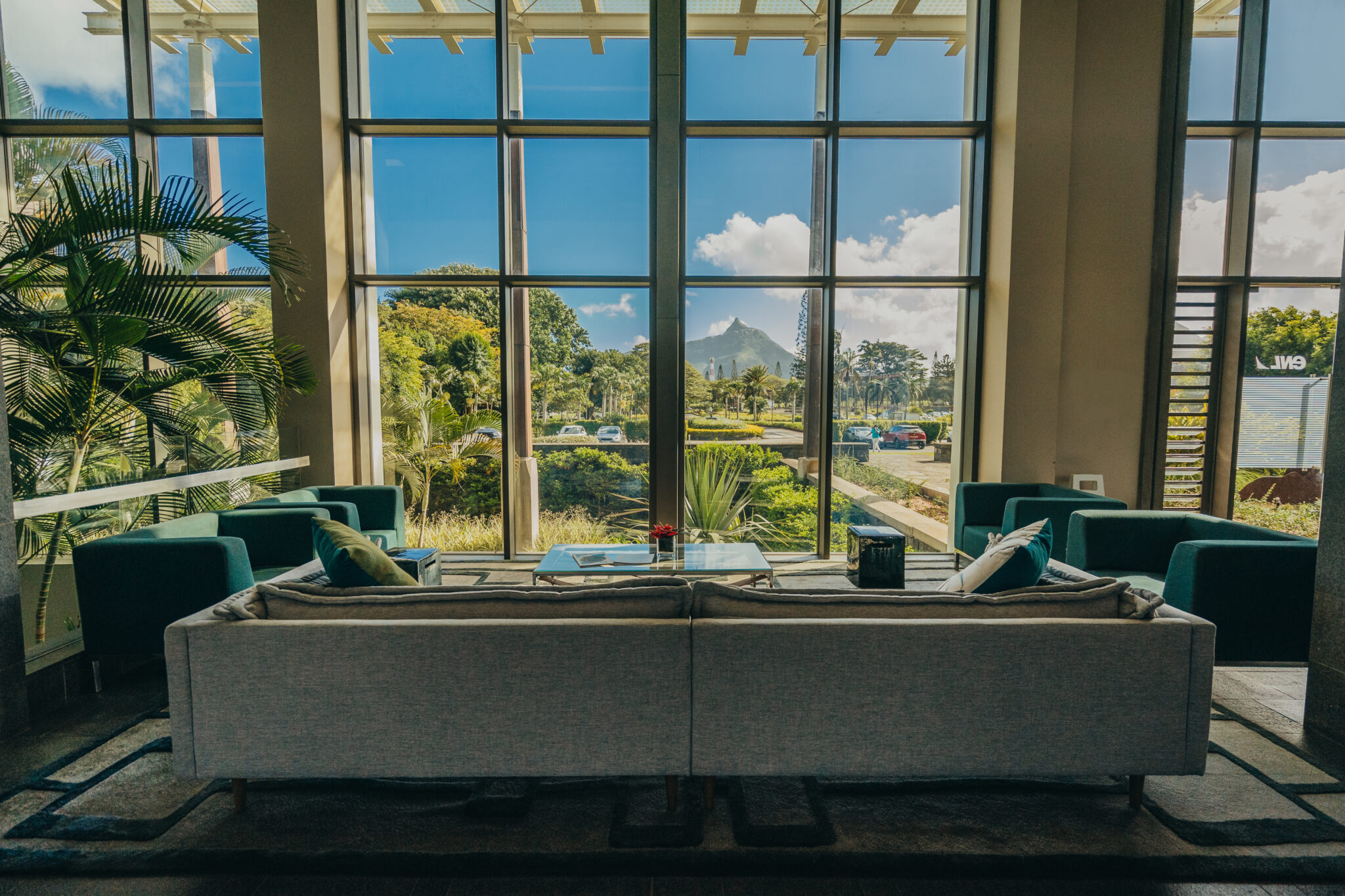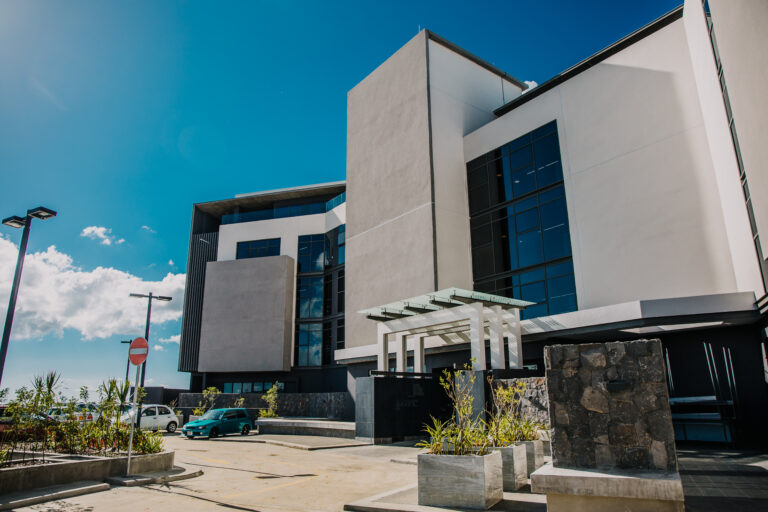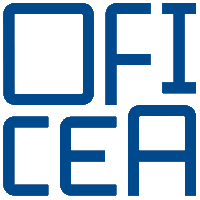What is the LEED Certification?
Workplaces trends
14-Apr-2022
What is LEED certification? Economic and Environmental Implications for Mauritius
Leadership in Energy and Environmental Design (LEED) is the most popular green building rating system in the world with more than 100,000 participating buildings. This widely recognised symbol of sustainability achievement and leadership was created in 1994 by the U.S. Green Building Council (USGBC) to motivate developers and owners to incorporate sustainable design into their projects. It can be applied to virtually all building types and all building phases, providing a framework for healthy, highly efficient and cost-effective green buildings. The first building to be LEED Certified in Mauritius is situated in Moka Smart City in the Telfair precinct.
LEED’s goal is to create better buildings with a reduced contribution to global climate change while enhancing individual human health, protecting and restoring water resources. This holistic system also aims at protecting and enhancing biodiversity and ecosystem services, promoting sustainable and regenerative material cycles and enhancing the quality of life of the community.
LEED certification is based on a point system with six categories of sustainability. Buildings can obtain a Basic, Silver, Gold or Platinum certification according to the number of points achieved.

Why should a building in Mauritius apply for LEED certification?
Today, green building has become a trillion-dollar industry. Obtaining LEED certification is an investment that yields a number of benefits for building owners and occupants as well as the environment. LEED-certified buildings are proven to save money, improve efficiency, lower carbon emissions and create healthier places for people.
Economic Benefits of a LEED Certified Building
There are a wide range of economic and environmental benefits to LEED certification. A recent report from Cushman and Wakefield, states that “LEED-certified office buildings are increasingly valuable to investors focused on properties that meet ESG goals.” The real estate firm additionally points out that the COVID-19 crisis created an increase in tenant demand for spaces that met environmental, social, and governance goals.
In terms of economic benefits, the study found that these properties were consistently more profitable than non-certified spaces in terms of rent and reduced vacancy. LEED-certified assets have also had lower vacancy rates than their conventional counterparts since the outbreak of the pandemic.
Sustainability in Real Estate: Another reason for LEED Certification
It must be pointed out that 61% of corporate leaders believe that sustainability creates a competitive edge through market differentiation and improved financial performance. LEED-certified buildings attract quality tenants, thus increasingly yielding the best rental returns. Lease-up rates typically range from average to 20% above average and vacancy rates are an estimated 4% lower than non-green properties. Moreover, the LEED performance management system delivers a comprehensive framework for green building design, construction, operations and performance.
Environmental impact of LEED Certified Buildings
On the environmental front, less construction waste is generated with more durable buildings. The demand for more sustainable buildings is growing and LEED is becoming one of the most demanded certifications by tenants. Because sustainable buildings are more positively perceived, higher lease rates can be charged.
According to “Re‐Assessing Green Building Performance: A Post Occupancy Evaluation of 22 GSA Buildings”, a report by Kim M. Fowler, Emily M. Rauch and Jordan W. Henderson, they lead to 34% lower CO₂ emissions than typical buildings. They also consume 25% less energy and 11% less water and help divert 80 million tons of waste from landfills. On average, LEED-certified buildings use 25% less energy than their conventional counterparts.
Moreover, green buildings mean a healthier indoor environment, more productive places with cleaner air, access to daylight and spaces that are free from harmful chemicals found in paints and finishes. LEED-certified buildings also have 34% lower CO₂ emissions. In addition to reducing the stress on the environment by lowering the use of energy, water and other resources, they support the local economy.

LEED offices in Moka Smart City
Moka Smart City has embarked on the LEED-ND certification process in 2018. Upon completion, it will be the first urban development on the island – and one of the few in Africa – to obtain this designation. LEED-certified facilities in the area include the PwC Centre in Telfair.
Oficea’s LEED-certified buildings
Besides Grade A properties like Les Fascines, which represents some 9,000 sqm of office space at Vivéa Business Park, all Oficea buildings in Moka Smart City will be LEED certified. The new office and mixed-use development in the city centre will also have this seal of environmental quality.
Oficea has embraced the move to strike the balance between high-quality construction and low environmental impact. We are determined to create environmentally-friendly workplaces and LEED certification will allow us to track, measure and compare energy consumption with international LEED facts as well as specific goals.
Get in touch
Looking for more information about Oficea?
We're here to help! Get in touch with us by filling out this form:

